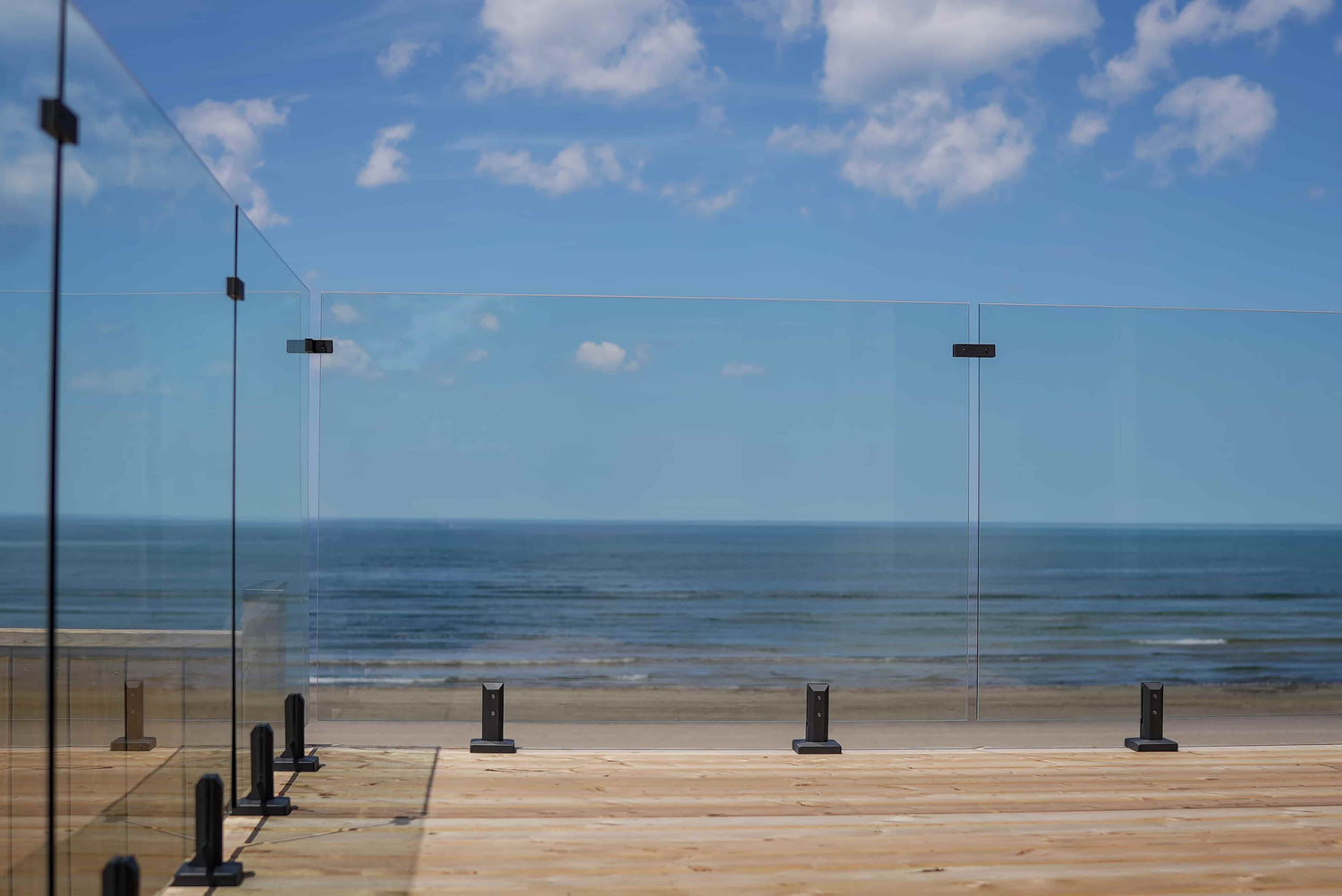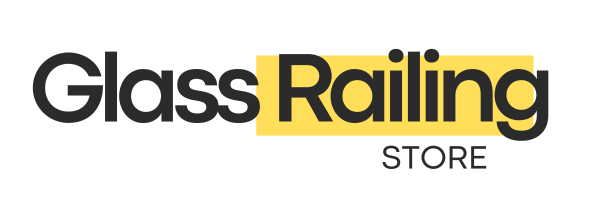Missouri Building Code for Glass Railing
Introduction
Glass railings are a sleek, modern solution for both residential and commercial spaces across Missouri. They offer unobstructed views, aesthetic appeal, and long-term durability when built right. However, before installing these systems, property owners, builders, architects, and contractors must familiarize themselves with the Missouri building code for glass railings to ensure both safety and regulatory compliance. Failing to follow these regulations not only risks safety violations but may also result in legal and financial consequences. This guide dives deep into the essential code requirements, approved materials, safety factors, and professional best practices to keep your project up to code, structurally sound, and visually stunning for years to come.
Structural Requirements for Glass Railings in Missouri
Missouri municipalities rely on the International Building Code (IBC) 2018 as the foundational framework for statewide construction standards. This includes stringent criteria for designing and installing glass railing systems. These structural provisions are meant to ensure every railing system can withstand environmental forces, user interaction, and long-term stress.
Load-Bearing Capacity
According to IBC 2018 Section 1607.8.1, handrails and guardrails must:
- Resist a linear load of 50 pounds per linear foot (plf) applied in any direction along the top rail.
- Withstand a concentrated load of 200 pounds applied at any point on the top edge.
These requirements help ensure the glass railings remain sturdy in both everyday use and emergency situations, such as accidental impacts or crowd pressure. These requirements are non-negotiable and form the baseline for railing systems installed on elevated surfaces, decks, or staircases in Missouri.
Explore compliant glass railing systems that meet these industry safety standards.
Refer to the International Code Council for additional technical information.

Safety Factors and Failure Criteria
Section 2407.1.1 of the IBC stipulates that a safety factor of four must be applied to all glass used in guards and railings. In simple terms, this means each component should be engineered to support four times the intended maximum load. This buffer accounts for variable factors like improper use, high winds, and unexpected impacts. Incorporating this into design not only boosts safety but also extends the life cycle of the system.
Additionally, edge protection is encouraged to minimize the risk of spontaneous glass breakage due to flaws or thermal stress. Structural engineers often recommend protective caps or U-channels to encase the exposed edges.
Approved Materials for Glass Railings
Material selection is just as crucial as design when it comes to meeting building code requirements in Missouri. Not all glass types are created equal, and only specific configurations are allowed for use in structural or barrier applications.
Types of Approved Glass
According to IBC 2018 Section 2407.1, the following types of glass are approved for use in guards and handrails:
- Laminated fully tempered glass: This is the most commonly used type for glass railings due to its superior strength and safety profile.
- Laminated heat-strengthened glass: Slightly less strong than tempered glass but still compliant when laminated properly.
The lamination process bonds multiple layers of glass using an interlayer, typically made from polyvinyl butyral (PVB) or SentryGlas. This interlayer ensures the glass remains intact upon impact, preventing large, dangerous shards from detaching.
Tempered or heat-strengthened glass without lamination is not permitted on its own for guardrails or handrails, due to its inability to hold together if shattered.
Handrail Integration and Baluster Requirements
Section 2407.1.2 of the IBC sets additional standards concerning the structural support of glass systems:
- While not explicitly required by IBC 2018, many engineers recommend at least three glass balusters per section for added safety when using individual panels.
- Glass baluster systems must include a continuous handrail or cap rail along the top, unless independently tested to confirm they can resist impact loads and maintain barrier integrity without additional support.
This regulation ensures that even in the event of panel failure, the entire system remains upright and functional, preventing falls or injury.
Browse laminated and tempered glass options that meet IBC guidelines.
Glass Type Comparison Table
|
Glass Type |
Strength Rating |
Safety Feature |
Code Compliance |
|
Fully Tempered Glass |
High |
Breaks into blunt pieces |
Not alone; must be laminated |
|
Heat-Strengthened Glass |
Medium |
More resistant to thermal stress |
Must be laminated |
|
Laminated Tempered Glass |
Very High |
Holds in place when shattered |
Fully Compliant |
|
Laminated Heat-Strengthened |
High |
Holds in place when shattered |
Fully Compliant |
Installation and Maintenance Guidelines
Installing a code-compliant glass railing system isn’t just about the materials. Proper installation practices and proactive maintenance routines are essential to maintaining code compliance and ensuring public safety.
Best Installation Practices
Correct installation requires adherence to both the manufacturer’s recommendations and applicable building codes. Here are some best practices for Missouri installations:
- Hardware anchoring: All hardware and fasteners must be embedded into structurally sound framing (e.g., steel beams or solid wood blocking).
- Thermal isolation: Rubber gaskets or spacers should be used between glass and metal to prevent thermal stress cracks.
- Precision alignment: Consistent spacing, vertical alignment, and panel symmetry contribute not only to aesthetics but to structural performance.
- Professional oversight: Having licensed structural engineers review or sign off on your design helps avoid costly errors.
It’s highly recommended to document each phase of the installation with photos and inspection logs. This serves as evidence of code compliance and protects you in the event of a future inspection or incident.
Maintenance and Inspection Routines
While the state of Missouri does not mandate scheduled inspections for private properties, routine checks can make a significant difference in identifying early warning signs of wear or failure. Here’s a sample maintenance checklist:
- Visual checks: Inspect glass panels for chips, cracks, delamination, or cloudiness that might indicate interlayer failure.
- Hardware inspection: Ensure fasteners are tight and show no signs of rust or fatigue.
- Surface care: Clean glass surfaces with non-abrasive cleaners and avoid ammonia-based products which may degrade edge seals.
- Weather damage: Watch for water infiltration or mold near mounting bases in outdoor installations.
For commercial or public buildings, consult your city’s inspection schedule or refer to the Missouri Office of Administration Design Guidelines for government standards.
Find expert guidance and maintenance tips that ensure long-term performance.
Conclusion
Understanding the Missouri building code for glass railings is essential for ensuring a safe, elegant, and regulation-compliant installation. From load-bearing requirements and approved materials to careful installation and ongoing upkeep, each step plays a pivotal role in the final product’s success. Whether you're a homeowner looking to elevate your balcony or a contractor managing a large commercial build, knowing and following these codes helps avoid unnecessary risk, liability, and rework. When in doubt, always refer to the IBC, consult with a certified inspector, or partner with a specialized supplier to stay ahead. With diligence and expertise, your glass railing system can offer not just beauty, but peace of mind.
Frequently Asked Questions (FAQ)
1. Is a permit required to install glass railings in Missouri?
Yes, most municipalities in Missouri require a building permit for glass railing installations, especially in commercial buildings or multi-family residences. Always check with your local building department before beginning a project.
2. Can I use regular tempered glass for my railing system?
No. While tempered glass is strong, the IBC requires laminated tempered or laminated heat-strengthened glass for guardrails and handrails. This ensures that if the glass breaks, it remains in place and reduces the risk of injury.
3. Are there height requirements for glass railings in Missouri?
Yes. According to the IBC, guardrails must be at least 42 inches high in commercial applications and 36 inches in residential settings, measured from the walking surface.
4. What happens if my railing doesn’t meet code?
Non-compliant railings can result in failed inspections, fines, or mandatory replacement. More critically, they can pose a serious safety risk and liability in the event of an accident.
5. How often should I inspect my glass railing system?
While there’s no mandated schedule, it’s recommended to inspect your railing system at least once a year—or more frequently in high-use or outdoor environments. Look for signs of wear, corrosion, and glass damage.
Let customers speak for us

Glass Railing Near You
Discover how The Glass Railing Store has been delivering exceptional service to our customers, thanks to our dedicated and knowledgeable team and their love our glass railing products.







